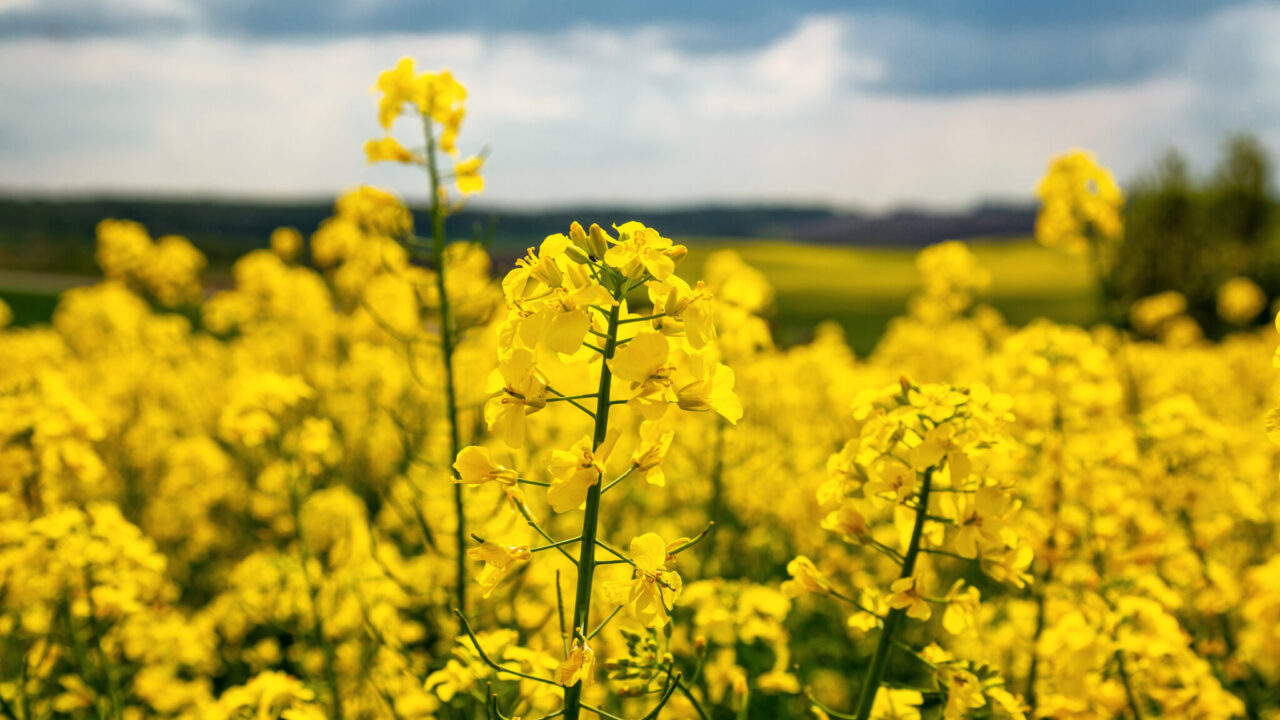Seedtech is confirming that the first of the new season’s winter oilseed rape crops will be planted out over the next day or so.
The company’s technical director, Tim O’ Donovan, explained: “Growers in Northern Ireland and the north-east normally plant rape around the middle of August.
“Their soils tend to be that little bit cooler. So getting an early start is important.”
The Seedtech representative is referring to 2025 as a record year for winter oilseed rape in Ireland.
He said: “This is the almost universal view coming back from growers. Farmers who would normally have achieved 2t/ac from their crops are reporting yields of 2.1t.
“And in the case of those growers who normally achieve 2.5t with rape, they are confirming yields of 2.6t in 2025.”
Winter oilseed rape acreage
Given this backdrop, it will come as no surprise to learn that the 2025/26 projected winter rape acreage looks set to be well up year-on-year.
O’Donovan said: “It’s hard to quantify what the actual increase in the rape area will work out at.
“It’s still very early in the new season. However, demand for seed is already exceptionally strong.”
Meanwhile, Seedtech is confirming a yield of 3t/ac for a winter oilseed rape variety currently on trial in Ireland.
O’ Donovan explained: “This is an outstanding yield figure, which was achieved over eight plots. The variety was grown using standard crop management practices.
“It’s also worth pointing out that the plots in question were quite badly impacted by pigeon grazing back in February.”
Factors behind harvest success
So why has the 2025 winter oilseed rape harvest been so successful?
O’ Donovan points to a number of factors coming into play.
“First-off, crops got off to an almost perfect start,” he said.
Ground conditions at sowing were excellent, which allowed rape’s main tap root to grow down to a significant depth without hindrance.
“Rape plants, by nature are lazy rooters. This means that soil compaction and very wet soil conditions can act to restrict tap root growth.”
He highlighted that this establishment of an extensive rooting system set the rape crops up well for the rest of the growing season.
According to the Seedtech representative, the warm temperatures and high levels of sunlight recorded during the early part of last autumn subsequently allowed the growing rape crops to store surplus carbohydrate generated within the roots.
“It was these stores of nutrient that allowed crops impacted by pigeon grazing in the early spring of this year to recover so well,” O’Donovan said.
“High light intensities during the months of May, June and July also added significantly to the yield potential of winter rape crops.
“Meanwhile the deep rooting systems allowed crops to better withstand the drought conditions that impacted across the country during May and June.”
O’Donovan stressed that winter oilseed rape is “a tillage option with tremendous potential in Ireland”.
“And this is especially so when crops get off to a good start.”

